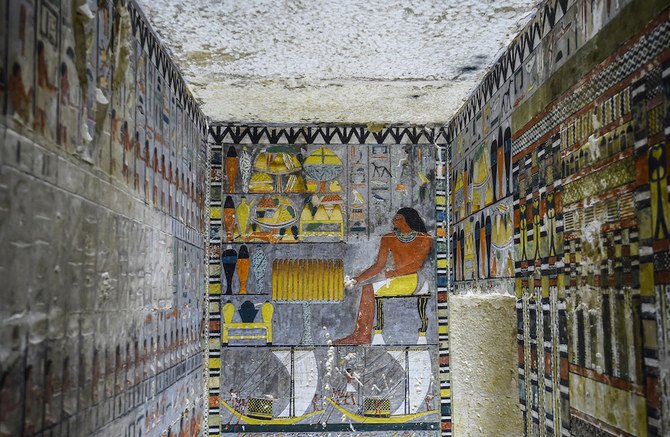History & Heritage
7.16.2020
Google’s New Machine Learning Software Allows You to Translate Ancient Egyptian Texts from Home

Thanks to Google, you’ll no longer need to be an Egyptologist to read ancient Egyptian texts! The California giant’s Arts and Culture division has released a new AI-driven tool called Fabricius, which allows you to translate over 800 different hieroglyphs using Cloud-based machine learning, which takes drawing and compares them to the Fabricius database. The website is available in English and Arabic.
Learning for Fun
The tool is available to the general public, and includes interactive learning modules designed to educate users on the Egyptian writing system, as well as a brief history of Egyptology starting from 1922. The six-part learning course guides users through the history of the hieroglyphic translations, while letting users practice drawing their own hieroglyphs and testing them against the machine-learning software. It also includes Egyptian history and shows some of the challenges Egyptologists face in protecting, translating, and sharing hieroglyph translations with the world.

Implementations for Research – Bringing Today’s Tech to Higher Ed
Academic researchers can also use the software to further their studies and research projects.
Born from a 2017 research project called the “Hieroglyphics Initiative” from Ubisoft, the Fabricius workbench was created with the help of academic researchers from around the world to allow researchers to efficiently translate ancient texts using Google’s powerful machine learning tools. The tool allows researchers to upload images of their hieroglyphs, which is then compared with existing data to match it with a known translation. Ancient hieroglyphic data can then be digitally captured and analyzed. And the applications are broad: artificial Intelligence can also support students and researchers to translate the data. The AI software can even pull hieroglyphs from photos taken on-site to pull the hieroglyphs directly from the wall. The technology promises to embed transformative learning with cutting-edge technology, bringing it to the forefront of higher education.
Chance Coughenour, the head of preservation at Google Arts and Culture, has expressed delight in the company’s new product. “We are very excited to be launching this new tool that can make it easier to access and learn about the rich culture of Ancient Egypt,” Coughenour said. “For over a decade, Google has been capturing imagery of cultural and historical landmarks across the region, from Egypt, the UAE, Lebanon, Palestine, Tunisia, and more, while making it available on Maps, Street View, and Google Arts and Culture. Together with our partners, we remain committed to promoting the rich history and heritage of the region, and to make it accessible to everyone.”
You can try the software for yourself by clicking here.
popular

